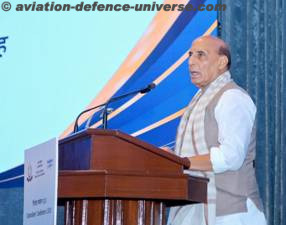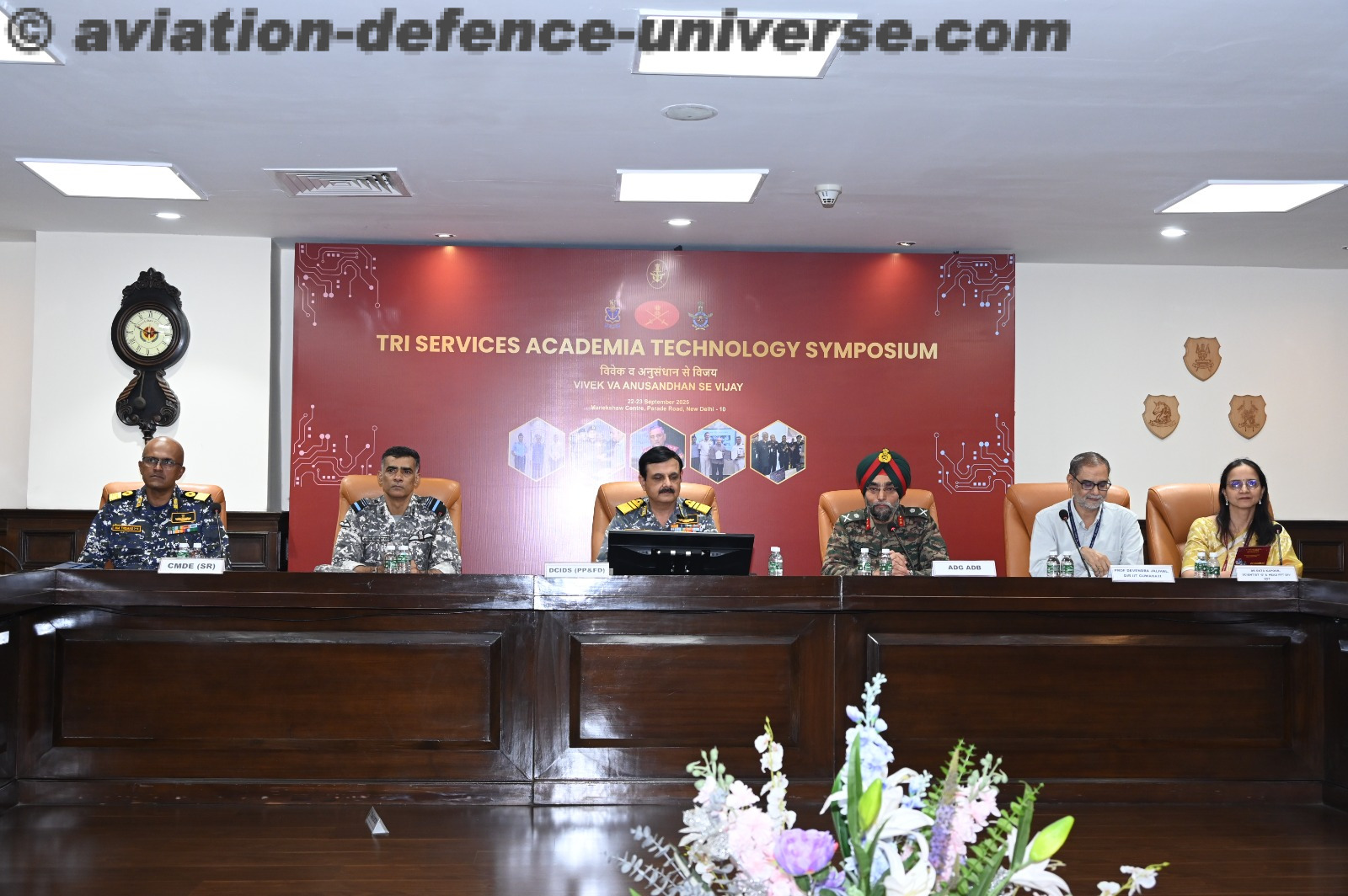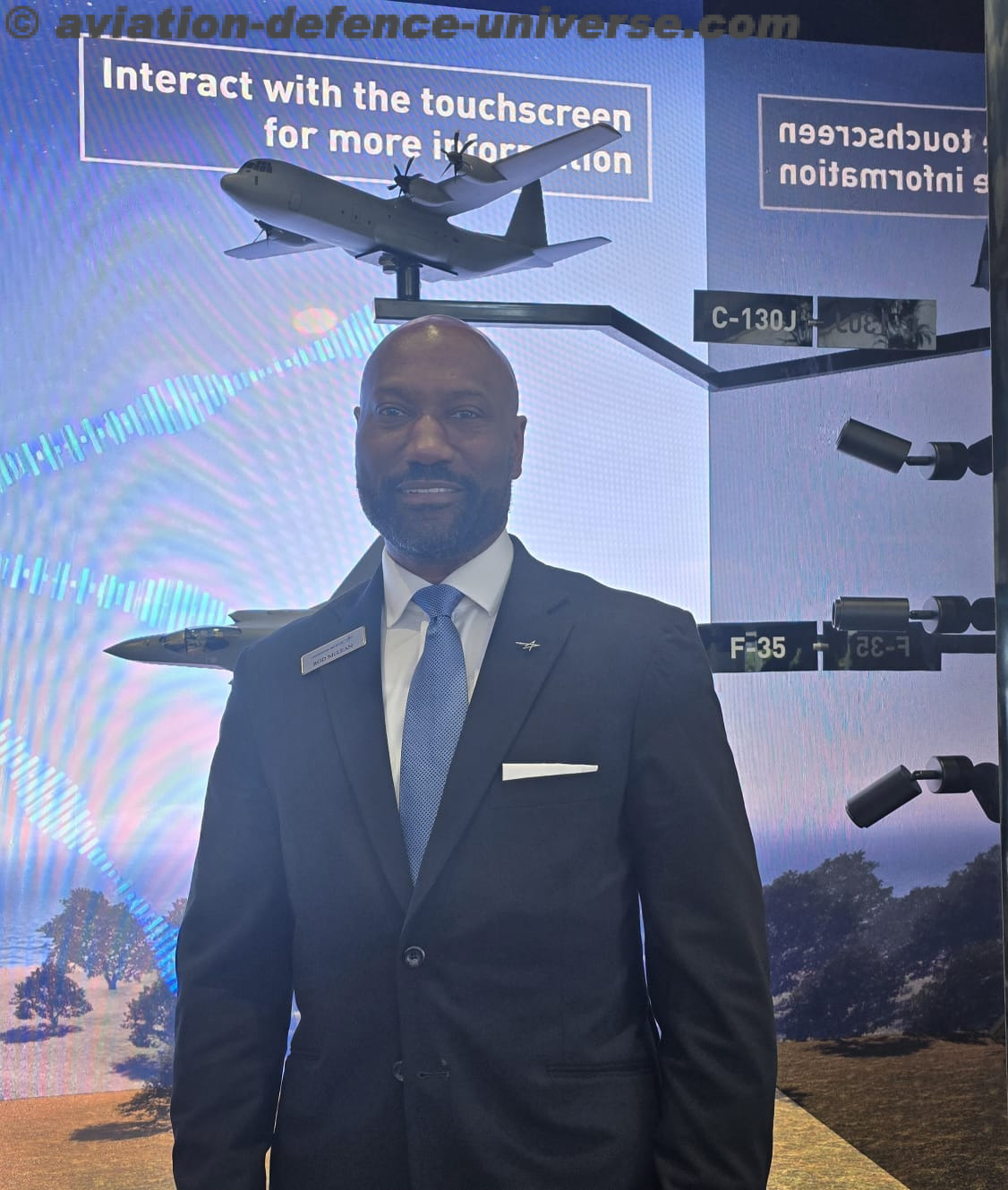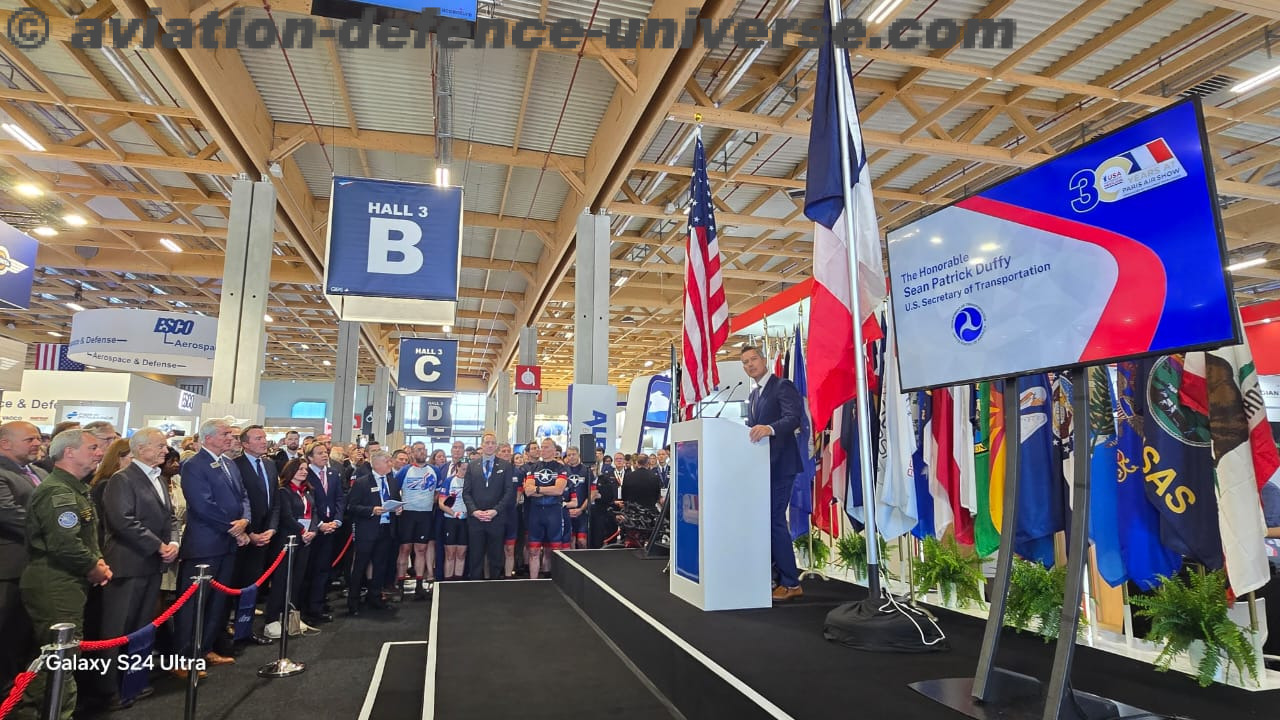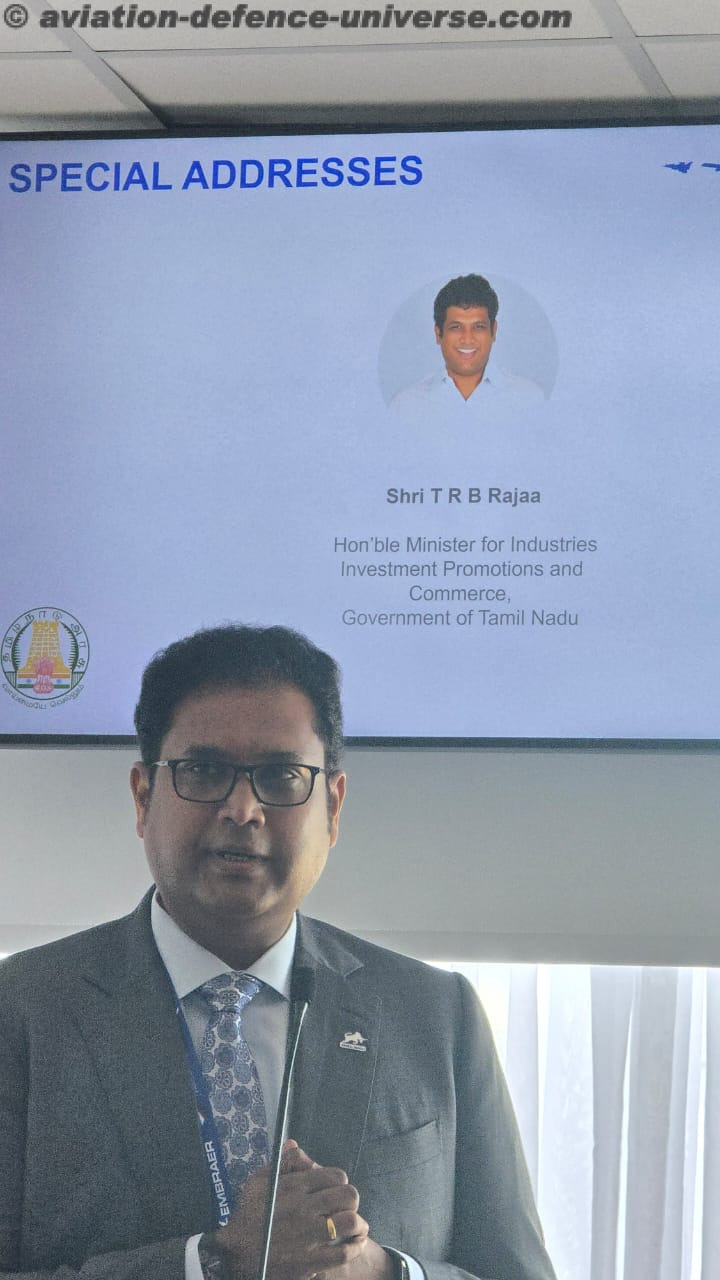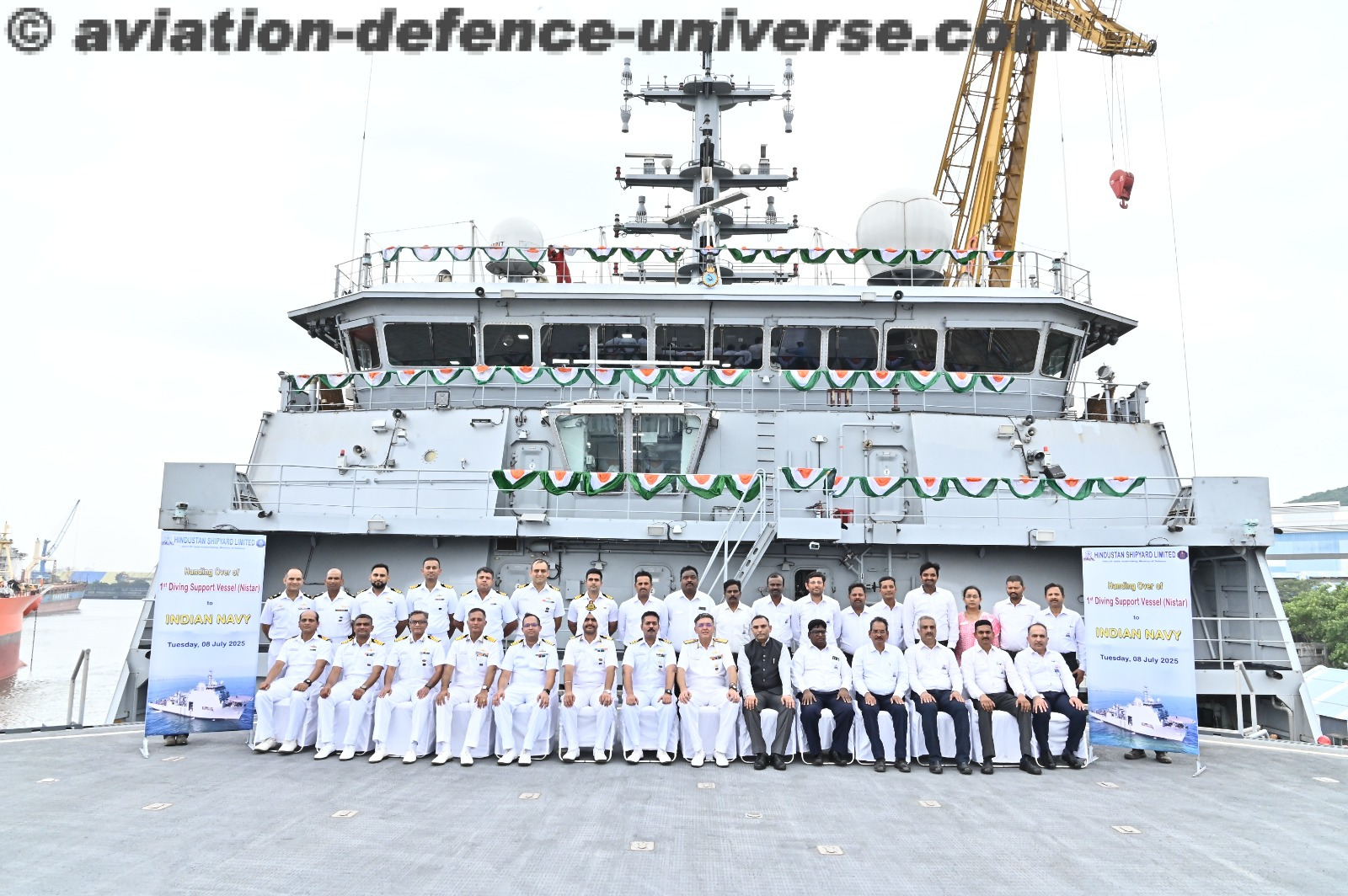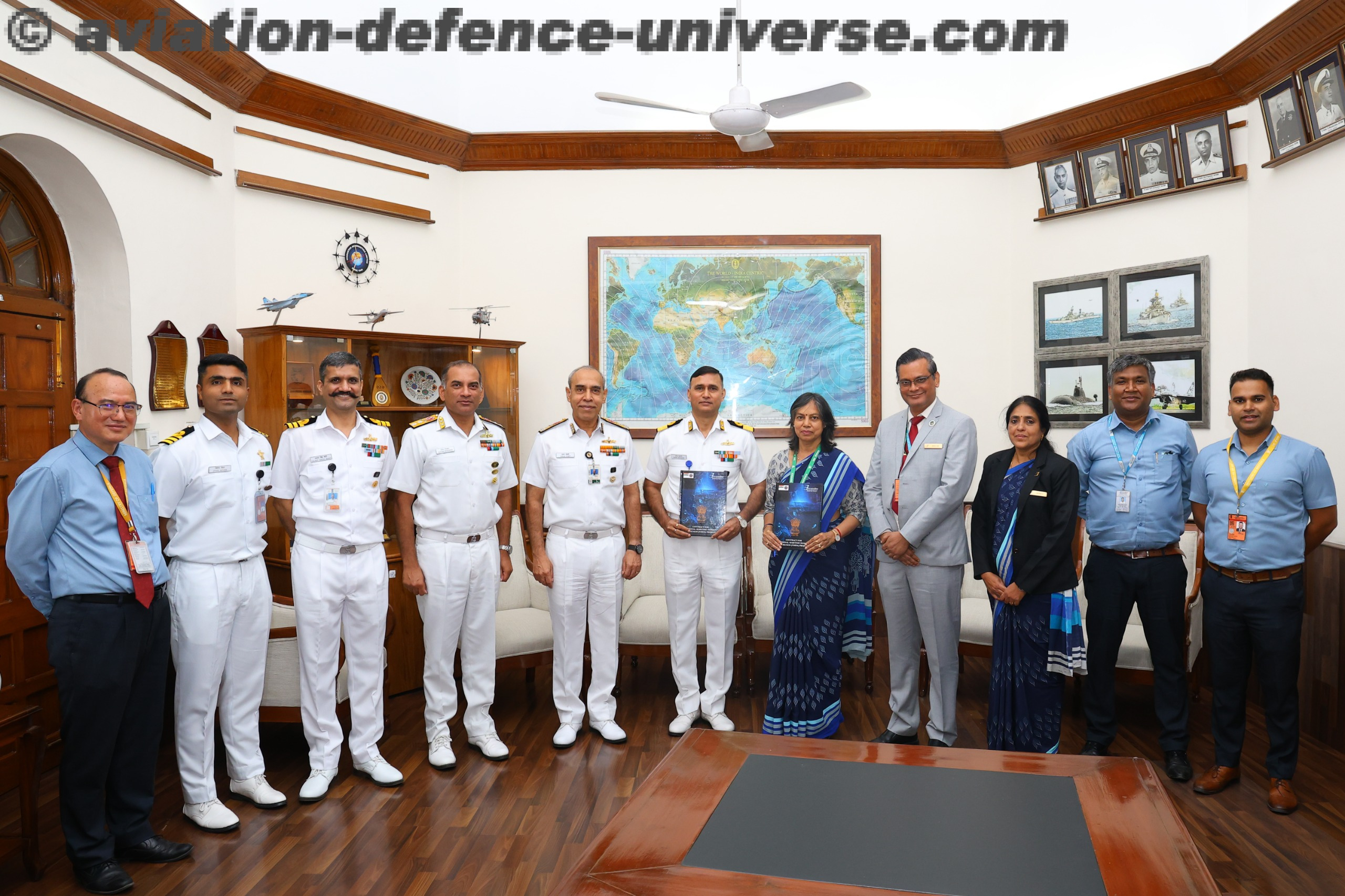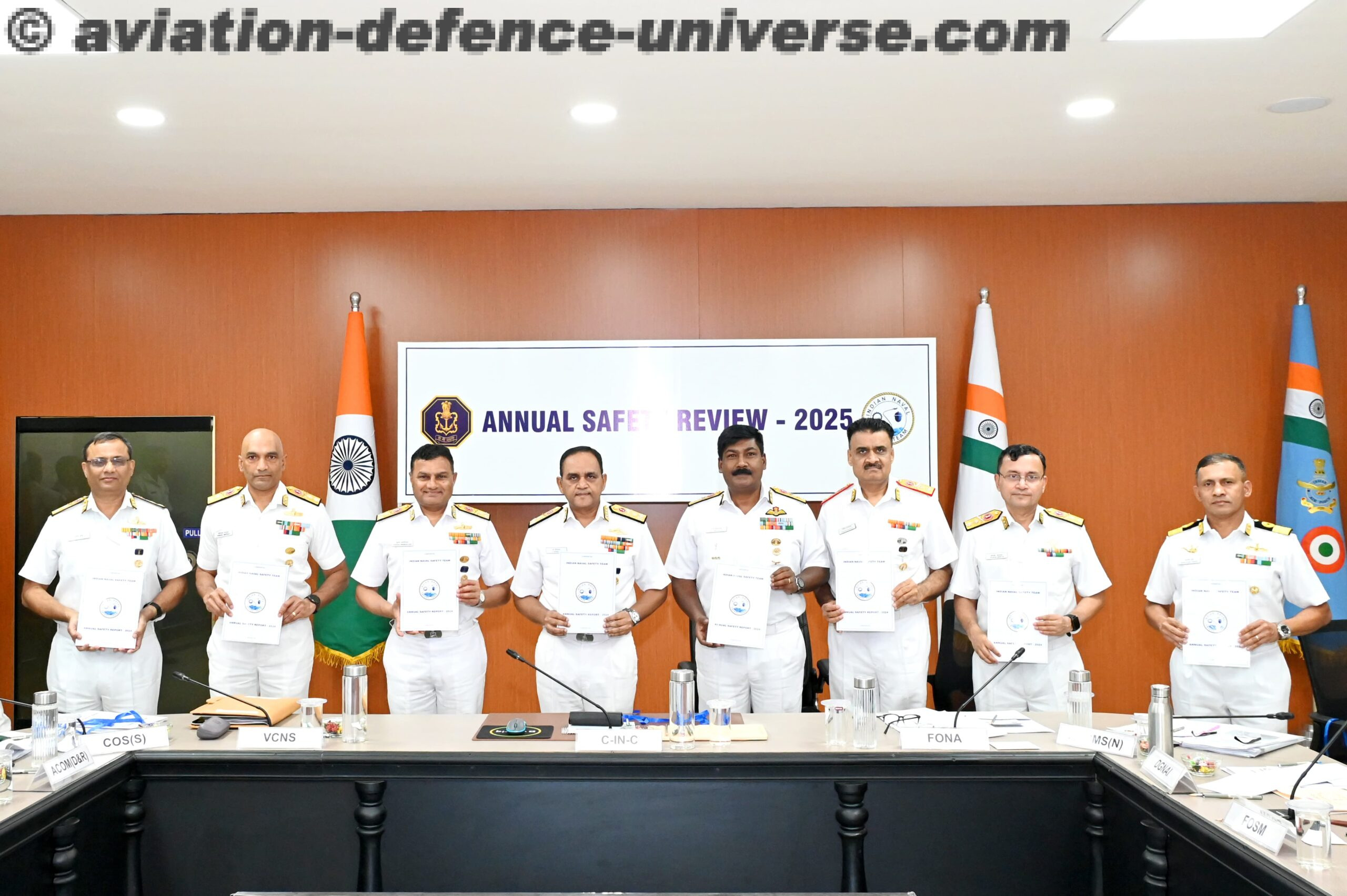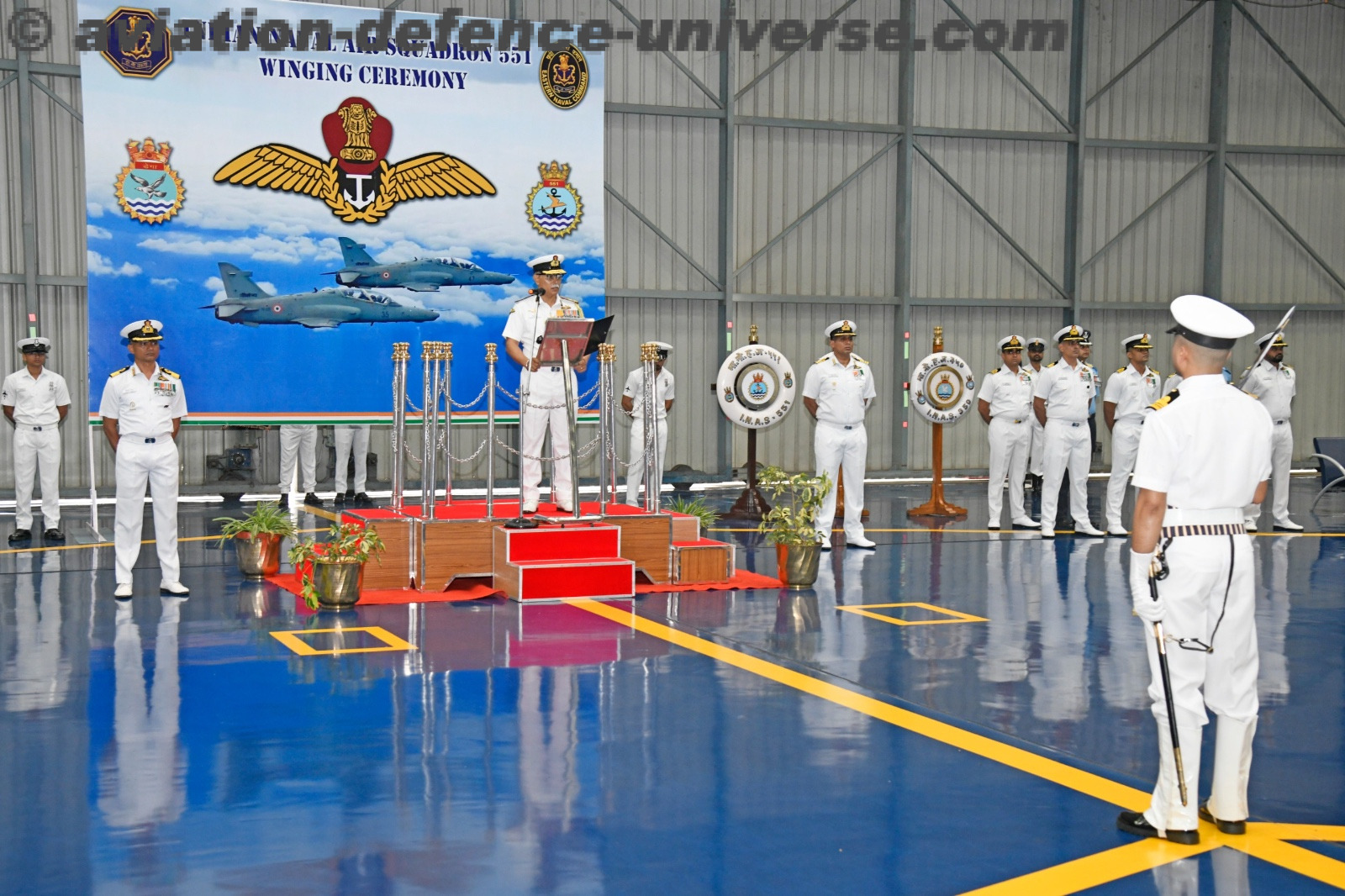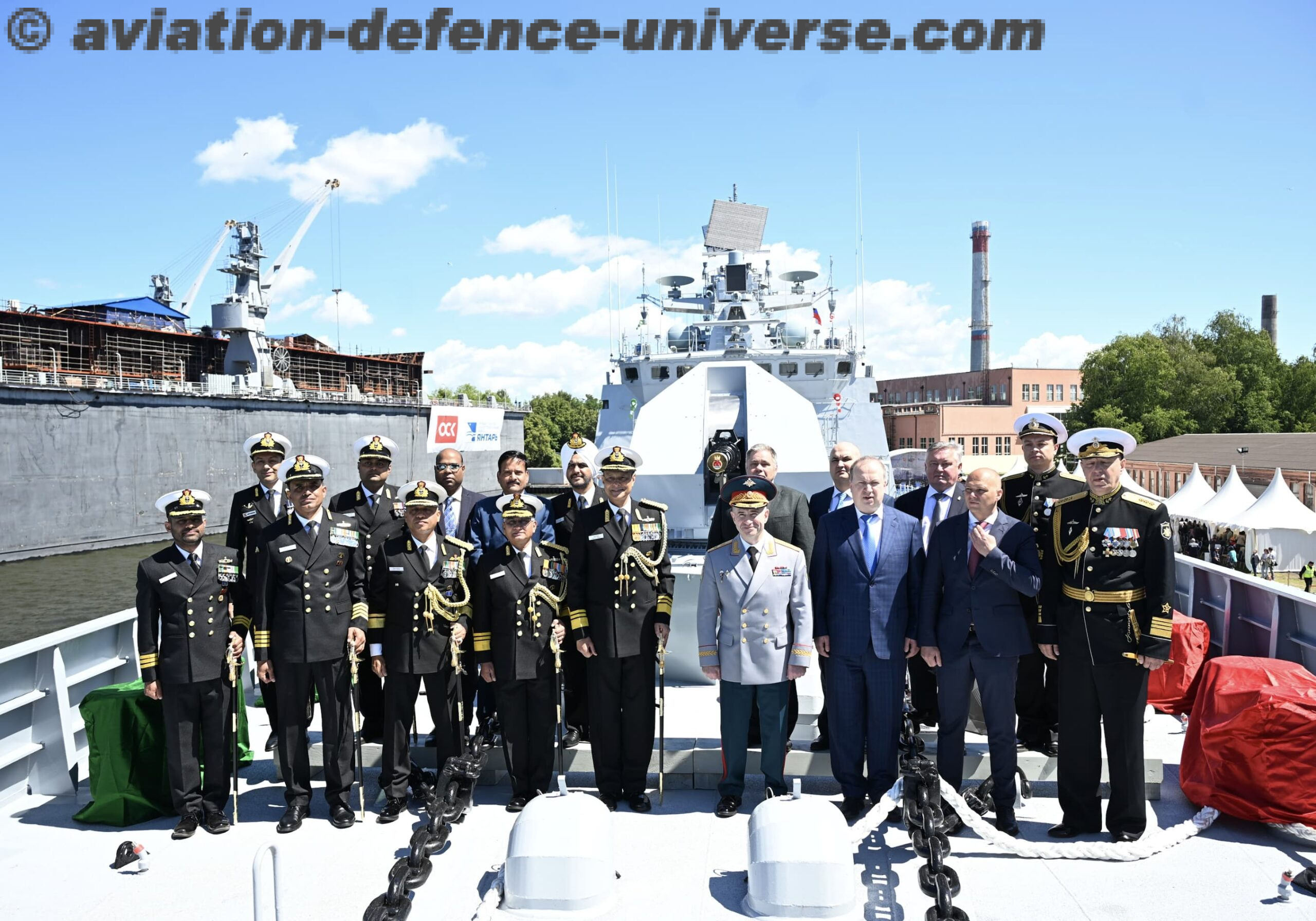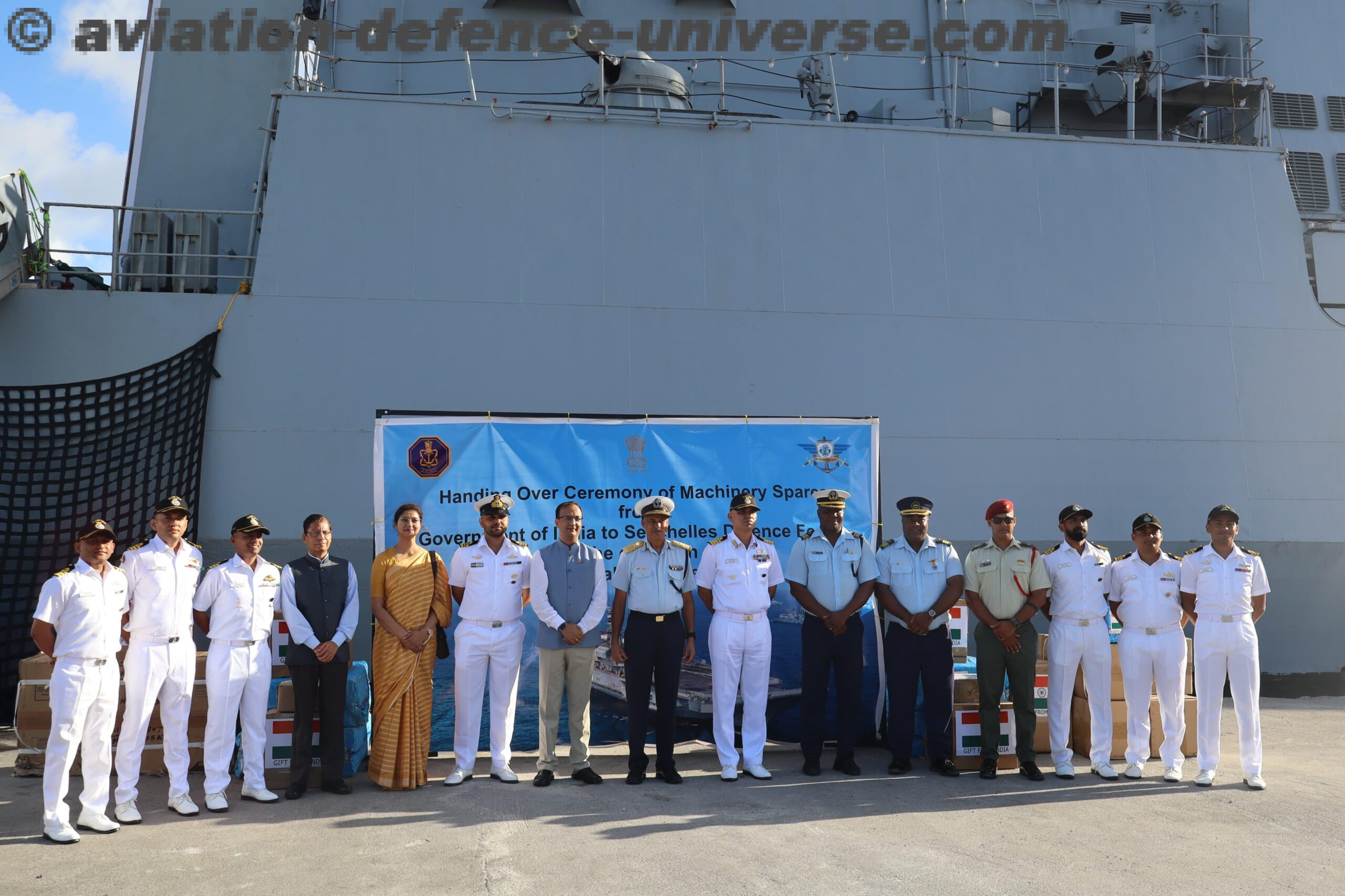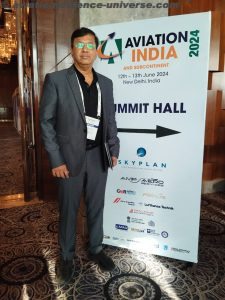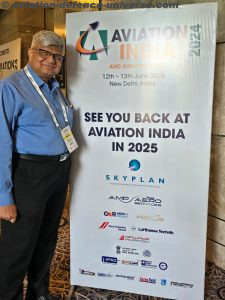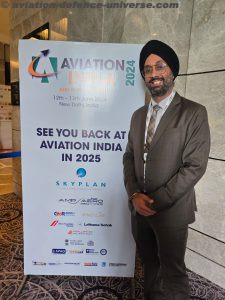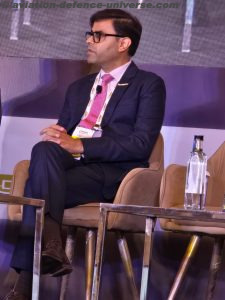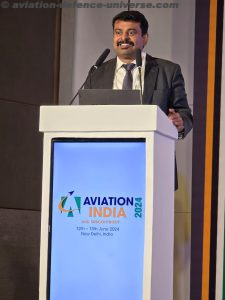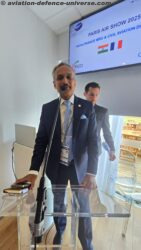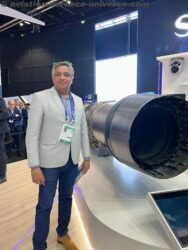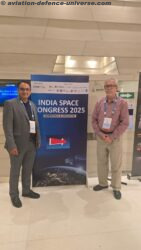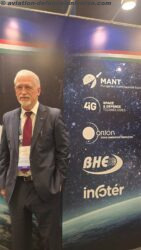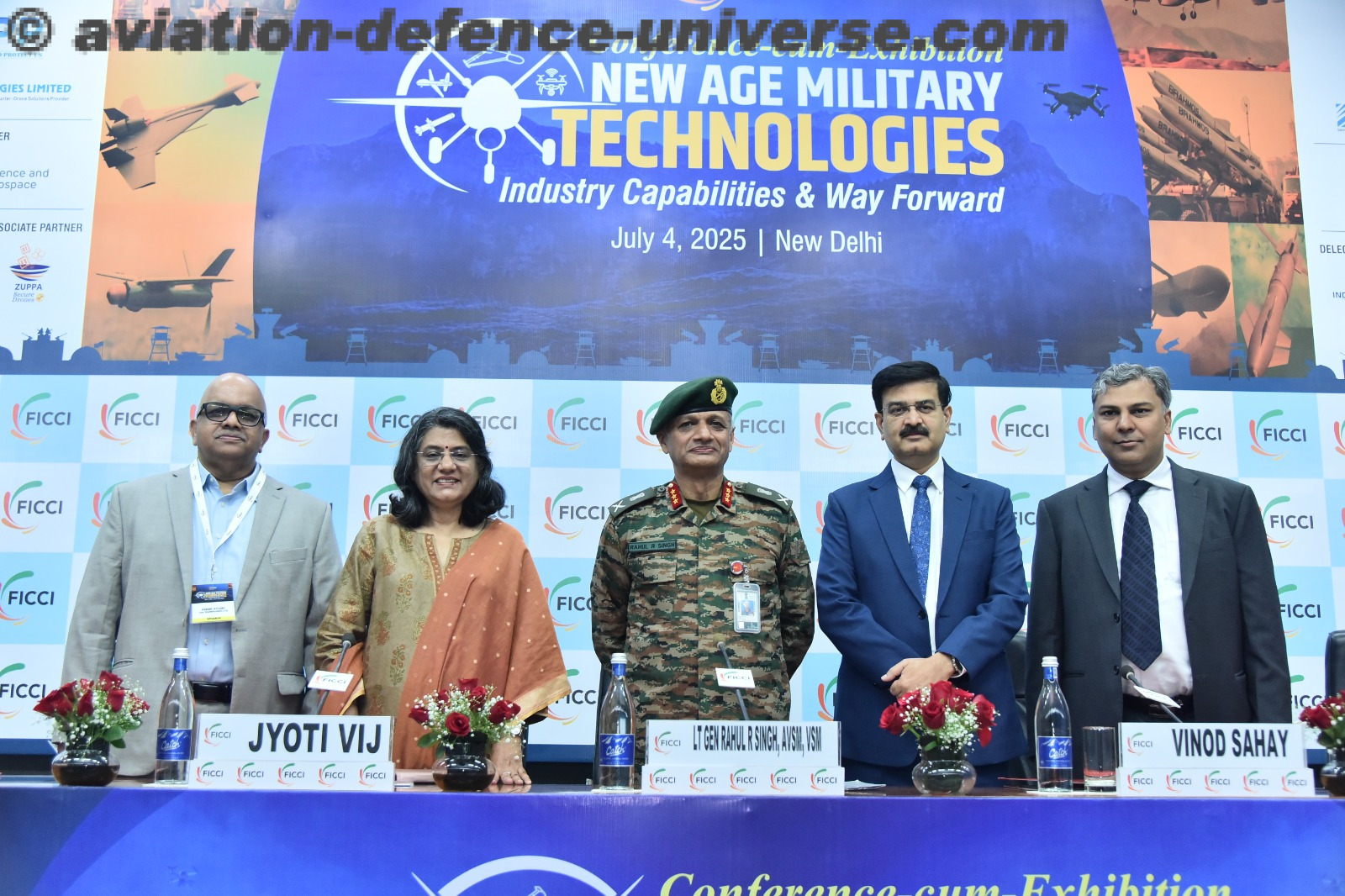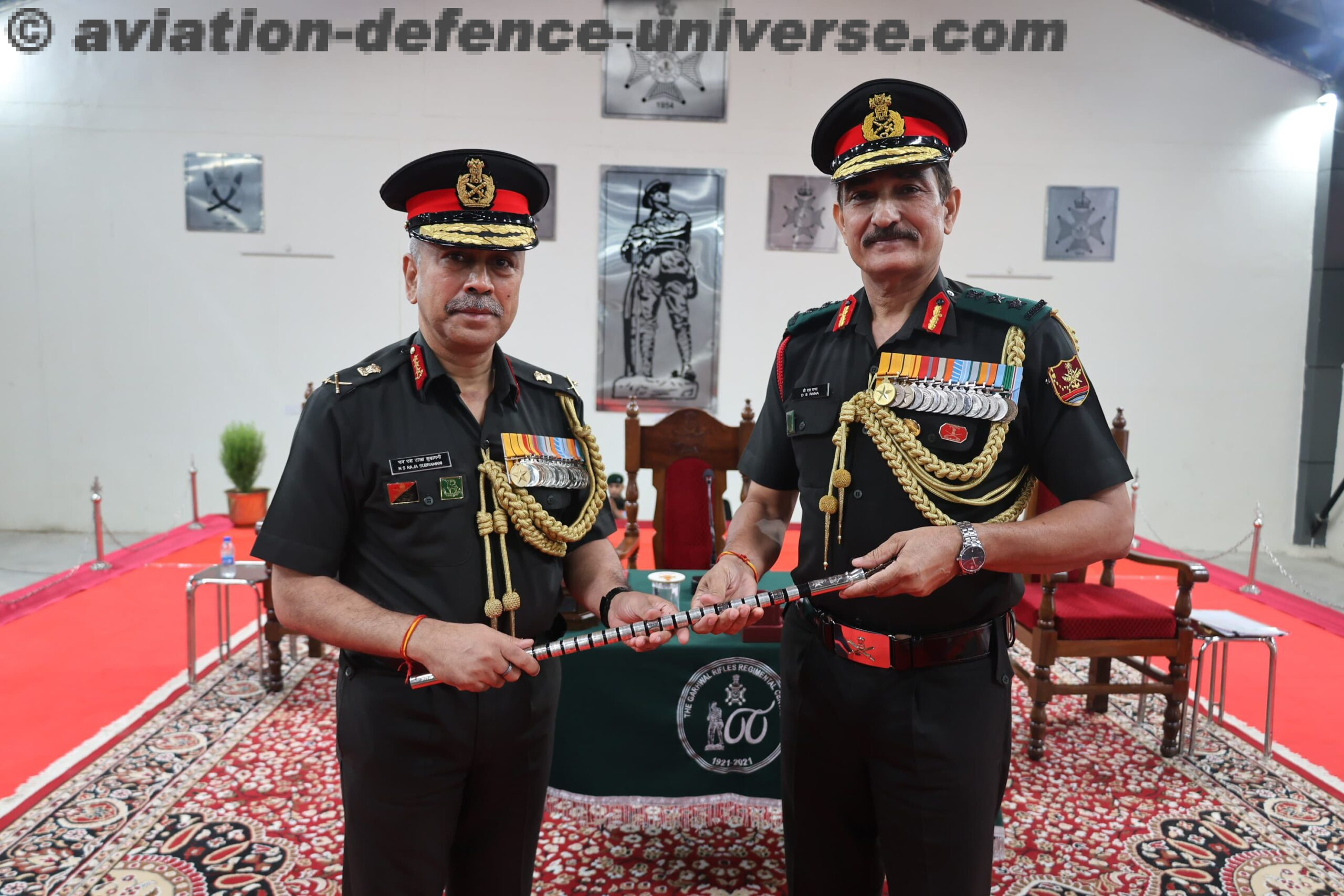By Sangeeta Saxena
New Delhi. 23 June 2024. If definitions explained technology then a jet blast deflector (JBD) or a blast fence is a safety device that redirects the high-energy exhaust from a jet engine to prevent damage and injury. The structure must be strong enough to withstand heat and high-speed air streams as well as dust and debris carried by the turbulent air. So the key take away is that without a deflector, a jet blast can be dangerous to people, equipment and other aircraft. And if it is such an important requirement for aircraft operation then making it is a yeomen task and if made in India then a story to be told.
Sameer Khale , Director, Sheetala Infrastructure explained, “we design, manufacture and install these jet blast deflectors at airports and MROs. Adani is the final customer and their main contractor is L&T, Larsen & Toubro for this Navi Mumbai Airport. So, for the Navi Mumbai Airport, we are doing 3 jet blast deflectors.”
The query which automatically came up was that generally for this sort of a product, what is the timeline on the manufacturing line? He informed , “ the designing takes about 3 weeks, then all our designs are approved by IIT Bombay, which takes about another 3 to 4 weeks and the manufacturing takes about 8 to 10 weeks, including installation. All the components are manufactured in-house in our factory and then they are bolted or assembled on-site for individual customers. All jet blast deflectors are custom made.”
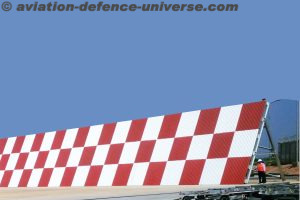 Sameer added that the interesting part is that no two jet blast deflectors can be the same. Because it depends on a lot of factors like what is the aircraft that is operating, what is the distance of the aircraft tail from the jet blast deflector leading edge, what is the thrust that it is applying, the local conditions, wind conditions.
Sameer added that the interesting part is that no two jet blast deflectors can be the same. Because it depends on a lot of factors like what is the aircraft that is operating, what is the distance of the aircraft tail from the jet blast deflector leading edge, what is the thrust that it is applying, the local conditions, wind conditions.
ADU was inquisitive as to how did Sameer get on to this sort of a business? “ I was discussing with L&T in 2012 for something else and coincidentally in 2011, one of the jet blast fences installed by a foreign company in Mumbai, it blew off and these foreign companies, they did not share any design data with L&T. So, L&T did not want a situation where they didn’t have the design and then they were at the mercy of these foreign suppliers. So, they wanted a vendor who would design, manufacture and install these products. In India, in coordination with them. So, they asked me if I could do it. And I said yes. I had some contacts in DRDO because of which I could design this product,” he responded.
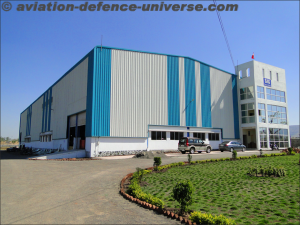 The follow up question was is this was already a project with the DRDO? “No, this is basically a high energy exhaust which is hammering on the blast fence and not much data is available in India about this. Whatever data is available is from foreign websites and other earlier manufacturers. So, we had to start from scratch . My friend and my roommate of my engineering days, he is a rocket propulsion engineer, helped me in designing this, ” stated Sameer.
The follow up question was is this was already a project with the DRDO? “No, this is basically a high energy exhaust which is hammering on the blast fence and not much data is available in India about this. Whatever data is available is from foreign websites and other earlier manufacturers. So, we had to start from scratch . My friend and my roommate of my engineering days, he is a rocket propulsion engineer, helped me in designing this, ” stated Sameer.
Responding to whether it is an indigenous market or does he also have a foreign market , Sameer reiterated that at the moment, he has an indigenous market but now a very encouraging thing is that they are getting a lot of enquiries from foreign markets also. We have never showcased in the foreign shows but plan to.
“We are getting some big equity partners. So, now we plan to go international about it. Our main target is Asia-Pacific and African regions first and then later on the other regions. We are doing pre-engineered structures also which are basically also bolted structures and these types of structures are extensively used for aircraft hangers. So, we are targeting that also. Then there is another product called a ground run enclosure,” he said.
 My next question was – what happens whenever you work on the engines? “So, there is a rule that you should run those engines on the ground for at least 20-25 minutes. So, the aircraft is taken in a ground run up area. It is a C-type enclosure and in that C-type enclosure there is a blast fence also. So, then when this engine run up is going on a lot of sound is created. To reduce the sound somewhat there is a ground run enclosure also. So, this GRE also acts as a noise dampener to control the sound. So, that product also we are doing.”
My next question was – what happens whenever you work on the engines? “So, there is a rule that you should run those engines on the ground for at least 20-25 minutes. So, the aircraft is taken in a ground run up area. It is a C-type enclosure and in that C-type enclosure there is a blast fence also. So, then when this engine run up is going on a lot of sound is created. To reduce the sound somewhat there is a ground run enclosure also. So, this GRE also acts as a noise dampener to control the sound. So, that product also we are doing.”
Sameer informed, “ then we are developing another product in coordination with Navi Mumbai Airport and L&T which is called a smoke and fire chamber. It is nothing but a replica of an aircraft complete with all the seating arrangements inside, overhead bins and all that. And then there are various locations where controlled fire is generated and smoke is generated. So, in those actual conditions the crew and the other ground crew is trained. I It is a training deck and they are trained so that they know exactly what to do when the actual fire is there. I am making this product and again nobody in India is doing this product. So, we have to start from scratch and we are understanding the client’s requirement. Now, Adani is giving some feedback, L&T is giving some feedback. So, with that feedback now we have developed a basic concept and now we are refining on that concept.”
And does this mean that there are a few clients and what happens when their need is sufficed? He stated that it is a continuous process. Like for L&T he is doing the 5th blast fence and in the future more will be done. Then he is talking to Jewar airport who also have some requirement. It is in the preliminary stages. Currently it is in the enquiry and pricing quotation stage. Then Cochin airport wants two jet blast deflectors. They have already done two for them earlier. So, repeat orders are also there.
 The next question was what about the military? Is there a dual purpose as there are military airports too. Is military their client? “They will soon be because they have a requirement called universal blast fence. Which means that all the fighters, aircraft whatever we have and which are going to come. That blast should be contained by this blast deflector. So, we are working on that. But there the requirement is very different. There the size is small but it is very critical in nature. Especially when the aircraft applies full afterburner thrust. The temperatures at the blast fence can go up to 800 degrees, 850 degree centigrade. So, we have to design the structure accordingly. Steel, painting, everything has to be accordingly. So our product is basically a dual use product and will be tailor made it for the customer,” he said.
The next question was what about the military? Is there a dual purpose as there are military airports too. Is military their client? “They will soon be because they have a requirement called universal blast fence. Which means that all the fighters, aircraft whatever we have and which are going to come. That blast should be contained by this blast deflector. So, we are working on that. But there the requirement is very different. There the size is small but it is very critical in nature. Especially when the aircraft applies full afterburner thrust. The temperatures at the blast fence can go up to 800 degrees, 850 degree centigrade. So, we have to design the structure accordingly. Steel, painting, everything has to be accordingly. So our product is basically a dual use product and will be tailor made it for the customer,” he said.
Making jet blast deflectors is a hi-tech business. A number of variables are taken into account, including the kind of aircraft using the site, how often they flew there, how close they were to the building, the temperature and chemical makeup of the exhaust gases, and the direction of the wind at the time. Comprehensive knowledge of blast phenomena and the dynamic reaction of different structural elements is necessary for the analysis and design of structures subjected to blast stresses. Based on computational fluid dynamics (CFD), Sheetala designed the deflector by simulating the effect of jet exhaust on it. The final design was thoroughly examined by IIT-Mumbai, BIAL, L&T, and its foreign advisors. All four of the agencies concerned finally approved the design after extensive deliberation and a few changes. The path has been tough but Sheetala Infrastructures has tread it with confidence and expertise.
As told to Sangeeta Saxena












